|
We were excited to hear this piece about the link between landscape architect Frederick Law Olmsted and Saranac Lake on North Country Public Radio and NPR! In case you missed it, you can take a listen on NCPR.
Thanks to Emily Russell for researching and writing this piece! If you want to learn more about the celebrations for Olmsted's 200th birthday, head to the Olmsted 200 site.
3 Comments
Black flies and mosquitoes have long bugged the residents of Saranac Lake, so maybe we should take some inspiration from the past to beat them! This patient at Trudeau Sanatorium used a net over his cure chair to enjoy some relaxation on the porch of Trudeau Cottage without any pesky bug bites. Sounds good to us!
[Historic Saranac Lake Collection, TCR 284. Gift of Trudeau Institute.]
The first installation in our Celebrating Bartók series is now available on our YouTube channel! Check out this presentation and performance by Pete Malinverni to learn more about Bartók and hear some of his works on our YouTube page.
Don't miss the rest of this series, a combination of prerecorded and live programming! Check out all the details on our website.
Summer is here! Have you gotten out on the water yet? Why not try a little water skiing, like these folks taking part in the Lake Flower Regatta in 1930. The Saranac Lake Boys' Club, built along Pontiac Bay in 1914, is visible just behind the trees at the left-hand side of the shoreline.
[Historic Saranac Lake Collection, 2022.17.8.95. Gift of the Duquette/Rice Families.] Saturday June 18th -- Path Through History Weekend Special Tours! As part of New York State's Path Through History Weekend we are offering special tours of the Trudeau Sanatorium and Downtown Saranac Lake. These are entirely outdoor walking tours and take place rain or shine. $10/person, children and members of Historic Saranac Lake free. Advance ticket purchases or RSVPs required by noon on the Friday before the tour. A maximum of 10 tickets will be available for each tour. Tickets include same-day admission to the Saranac Laboratory Museum and are non-refundable.
Summer vacation is almost here; are you planning any trips? Paul Smith's Hotel was a major destination for summering in the area from 1859 to the 1930s. The hotel started as a rustic retreat for wealthy male "sports," but eventually grew to be one of the most fashionable accommodations in the Adirondacks. This photograph shows the hotel at its peak in the 1910s when it had 255 rooms, with a boathouse with quarters for sixty guides, stables, casino, bowling alley, and a wire to the New York Stock Exchange. The advent of the motor car meant that more people could make the trip up to the Adirondacks, but the hotel was also eventually served by its own private electric train from Lake Clear. Happy trails!
[Historic Saranac Lake Collection, 2022.17.4.4. Gift of Suzanne Rice.] Looking for other historic sites to explore in the area? We recommend checking out John Brown Farm State Historic Site in Lake Placid, which celebrated its 125th year of abolitionist history in 2021. Read this great article from the Adirondack Almanack to learn more.
|
About us
Stay up to date on all the news and happenings from Historic Saranac Lake at the Saranac Laboratory Museum! Archives
August 2022
Categories
All
|
Historic Saranac Lake at the Saranac Laboratory Museum
89 Church Street, Suite 2, Saranac Lake, New York 12983
(518) 891-4606 - mail@historicsaranaclake.org
89 Church Street, Suite 2, Saranac Lake, New York 12983
(518) 891-4606 - mail@historicsaranaclake.org

Historic Saranac Lake is funded in part by the New York State Council on the Arts with the support of the Office of the Governor and the New York State Legislature,
and an Essex County Arts Council Cultural Assistance Program Grant supported by the Essex County Board of Supervisors.
and an Essex County Arts Council Cultural Assistance Program Grant supported by the Essex County Board of Supervisors.
© 2023 Historic Saranac Lake. All Rights Reserved. Historic photographs from Historic Saranac Lake Collection, unless otherwise noted. Copy and reuse restrictions apply.
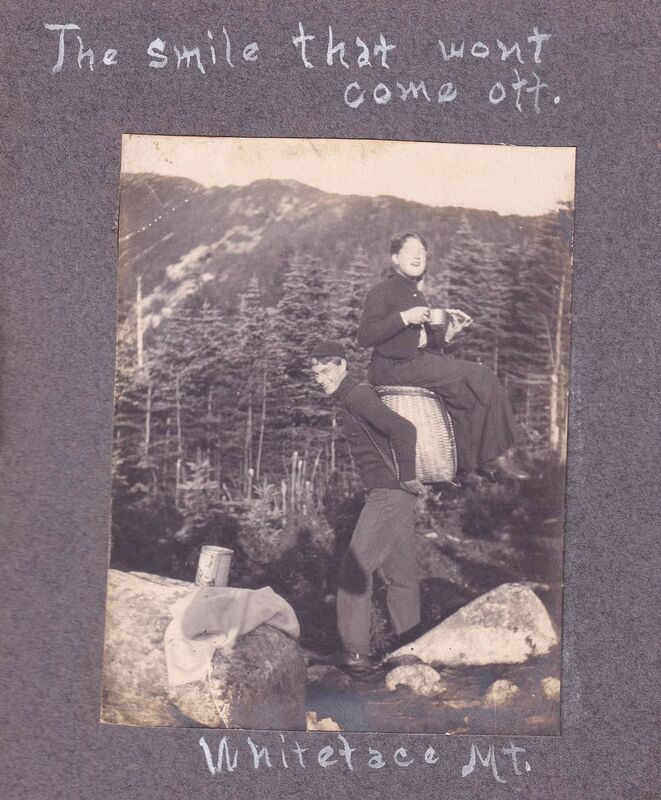

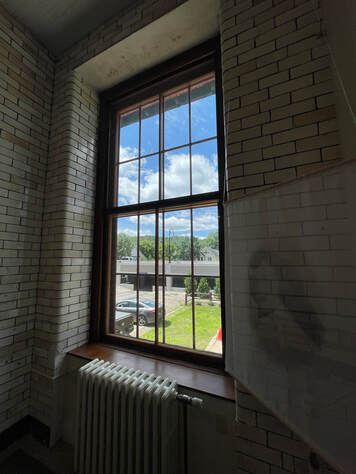
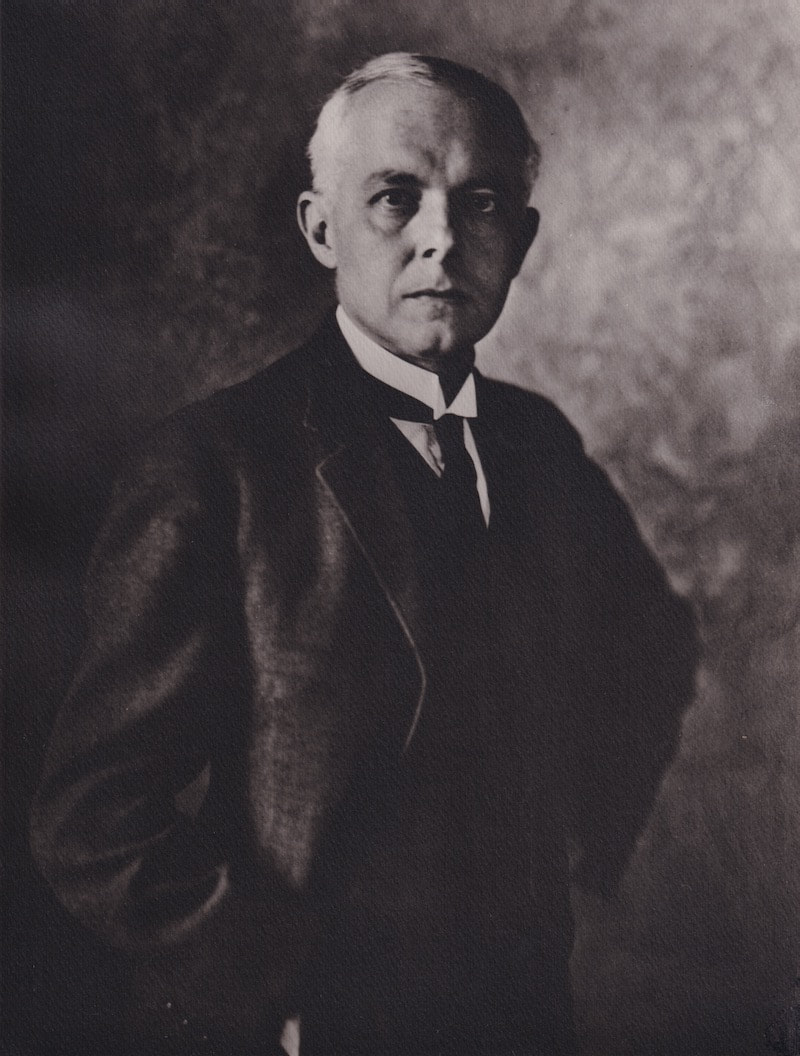
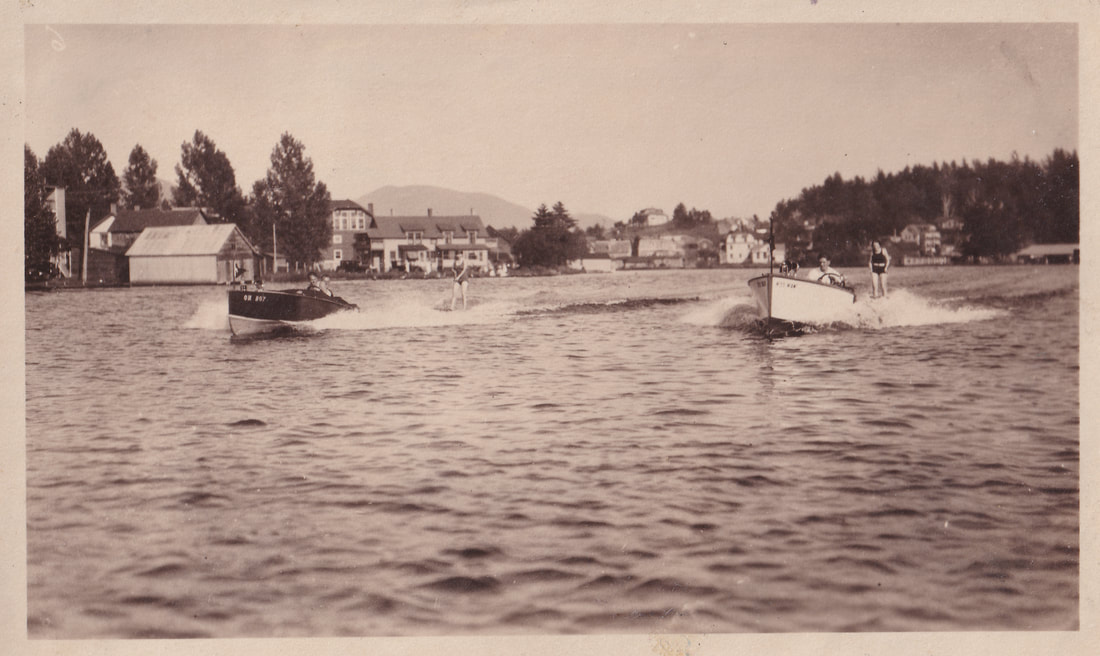
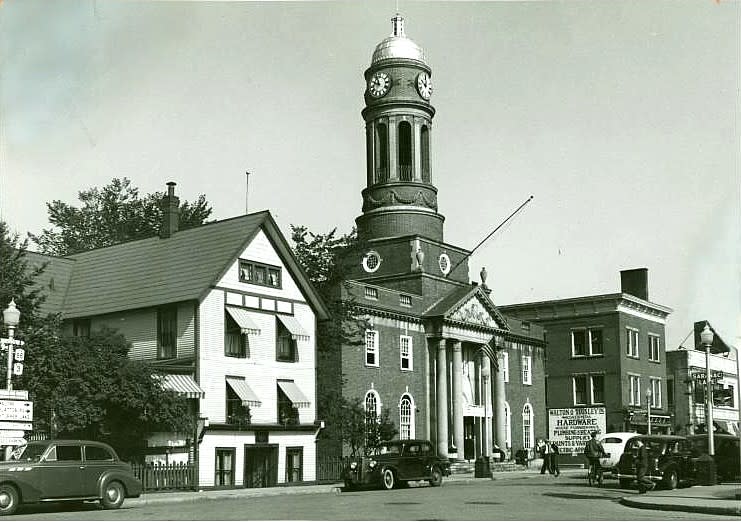
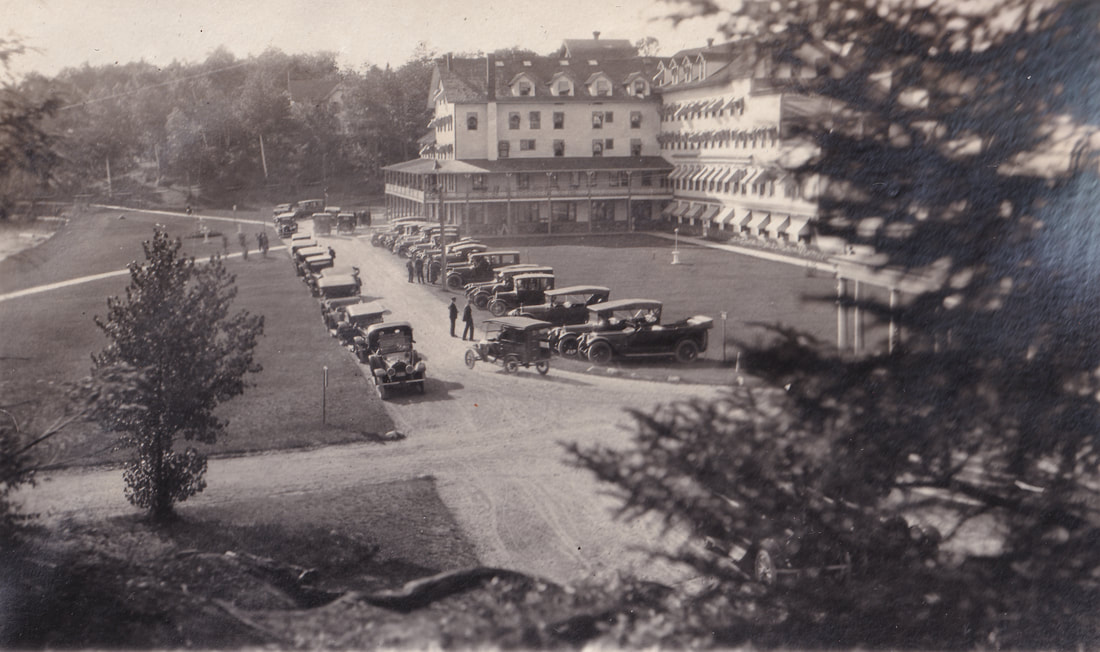
 RSS Feed
RSS Feed